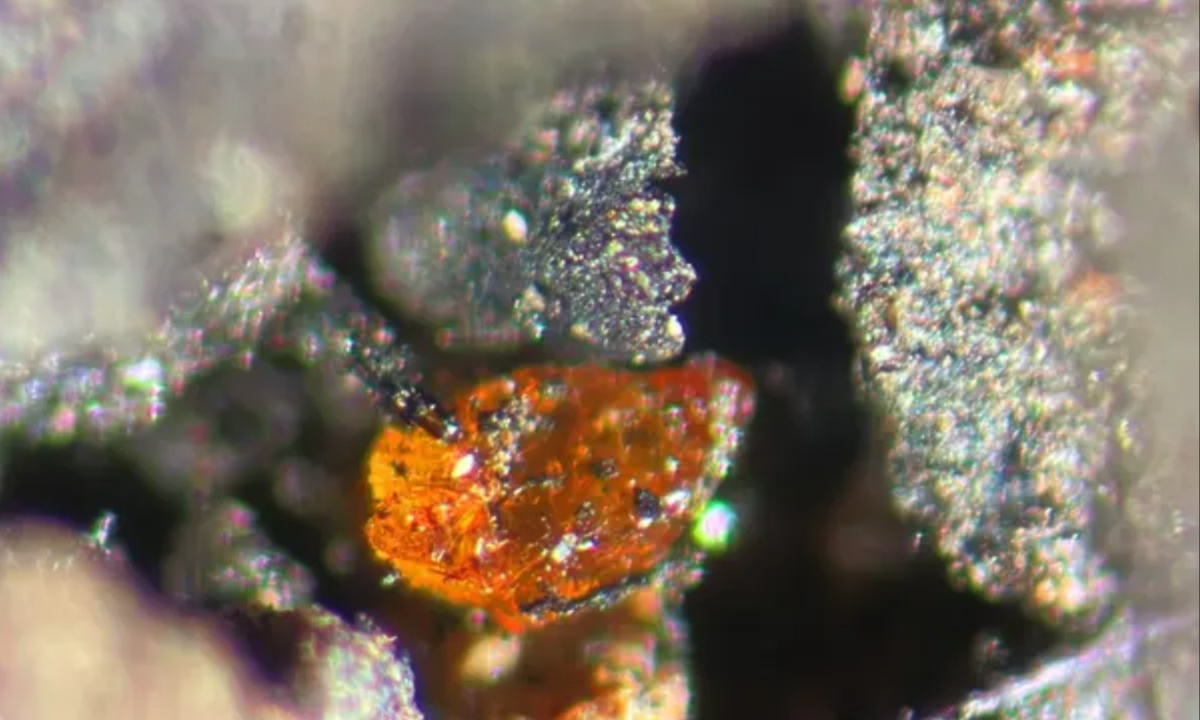Antarctica, currently known for its extreme cold and ice, was once much warmer and home to swampy forests. A groundbreaking discovery has revealed fossilized tree resin, or amber, in Antarctica for the first time. The amber was found in sediment cores taken from 946 meters beneath the Amundsen Sea Embayment in West Antarctica. This discovery provides valuable information about the ancient climate and environment of a continent that is now famous for its frozen conditions and penguin populations.
The amber fragments, analyzed in a study published in *Antarctic Science*, offer direct insights into the environmental conditions of West Antarctica about 90 million years ago, during the Cretaceous period.
Johann Klages, the lead author of the study, explained that the amber supports earlier reconstructions of a temperate, lowland rainforest that once thrived in Antarctica between 92 and 83 million years ago. These reconstructions, based on fossilized roots found in mudstone, help paint a picture of the region’s climate and ecology long before it became the icy land we know today.
Although small due to the cutting process for microscopy, the amber fragments likely contain preserved organic material, including tree bark micro-inclusions. Amber is especially valuable to paleontologists because of its exceptional preservation qualities.

As tree resin hardens into amber, it can trap small organisms, pollen, spores, and even insects, making it a powerful tool for understanding ancient ecosystems. The discovery of amber supports the idea that resin-producing trees once grew in Antarctica’s swampy forests, providing further evidence of the region’s ancient environment.
A key finding of the research is the evidence of resin flow in the amber samples, which indicates that trees were responding to stress, such as pest attacks or fires. This provides clues about the activity occurring in the forests of ancient Antarctica. Klages emphasized the significance of finding amber in relatively fresh sediments that were not deeply buried, as this preserved the fossils in better condition, allowing for clearer analysis and a better understanding of the ancient ecosystems.
Looking forward, researchers hope that further amber discoveries in Antarctica will reveal more about the continent’s prehistoric forests and ecological changes. They aim to uncover additional life forms trapped in amber, such as insects, which could provide deeper insights into the plants and animals that lived in the region millions of years ago.
This discovery not only expands our understanding of Antarctica’s ancient climate but also contributes to our knowledge of how ecosystems evolved globally, especially in regions that were once far warmer and more hospitable than they are today.

